Compost for seed sowing part 2
I have started a compost for seed sowing trial as I haven’t been happy with seed germination this year. This is my second post regarding the compost so you can see part 1 about how I set it up here.
The seeds have started to germinate and it is interesting to see what has happened because the composts are not all equal.
The seeds in the Westland (pic 1) and Gardener’s (pic 2) compost germinated first and so are slightly bigger than the Sylvagrow (pic 3) and Jack’s Magic (pic 4). The PSB are up as are the chard seeds but in all the composts the chicory has not yet germinated. If my memory serves me correctly, chicory can take a little longer to germinate and it may be a bit too hot at the moment. 28 degrees C in the shade today so much hotter in the greenhouse.

The beans are a no-show at the moment but one is visible in the Gardener’s compost. And finally, the Geums.
They are all doing well but the second picture shows the Sylvagrow multipurpose compost and it dries out quicker than all the other composts and in this hot weather needs two waterings a day. The water also runs out of the pots much more when watering, suggesting that it is not being held onto by the compost. I would say that if I use this compost I will need to put trays underneath to hold onto the water that runs out and allow it to be absorbed throughout the day.
I’ll check in again when I transplant the seedlings which if they continue the same way that they are will not all be on the same day.
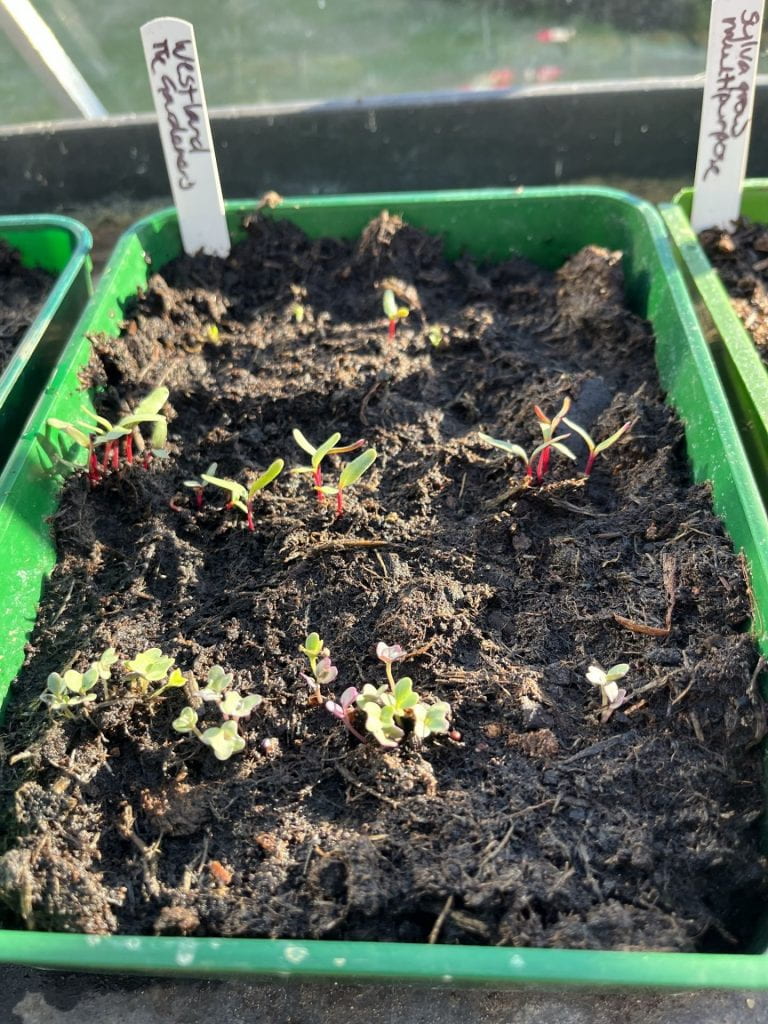
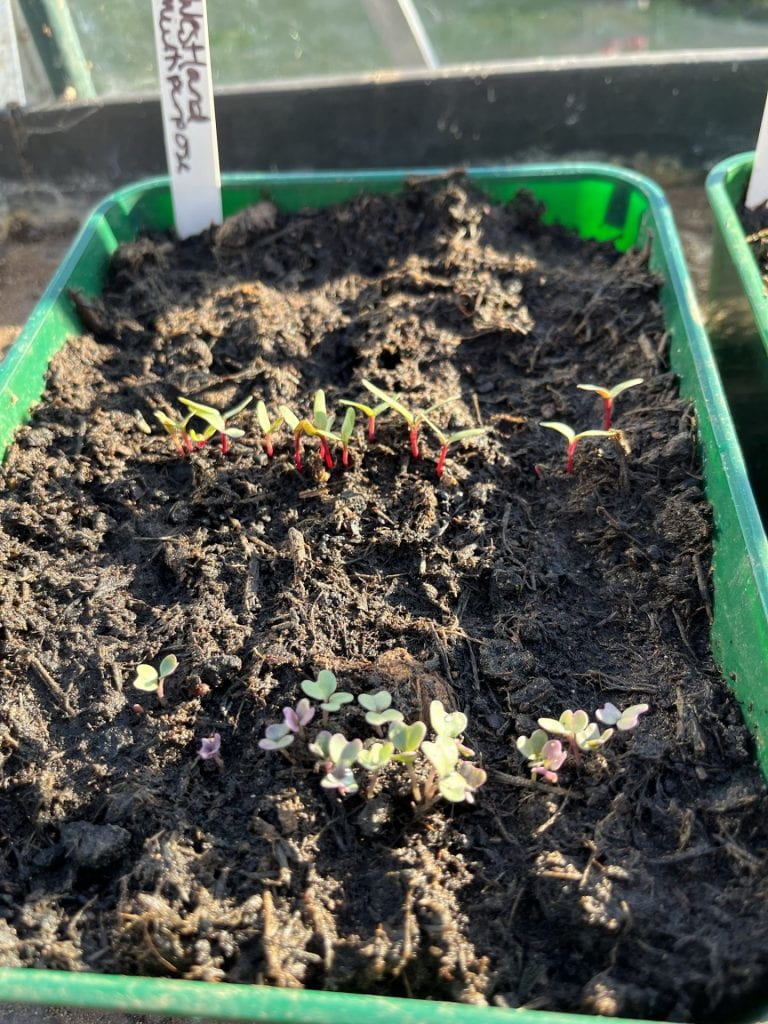
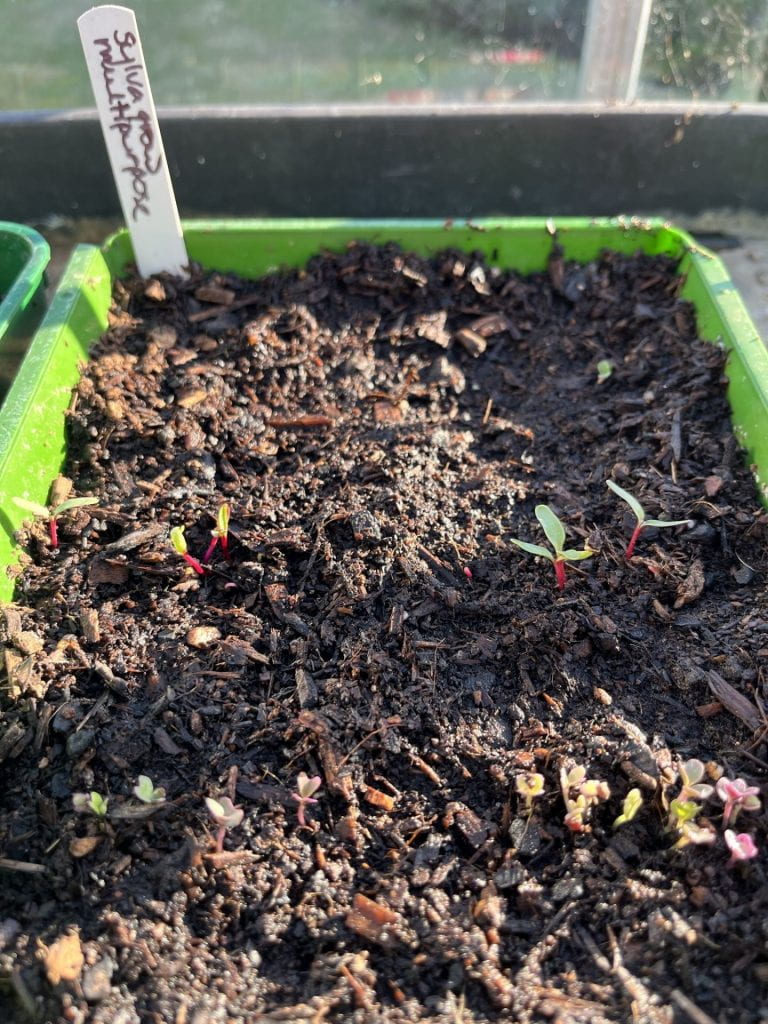
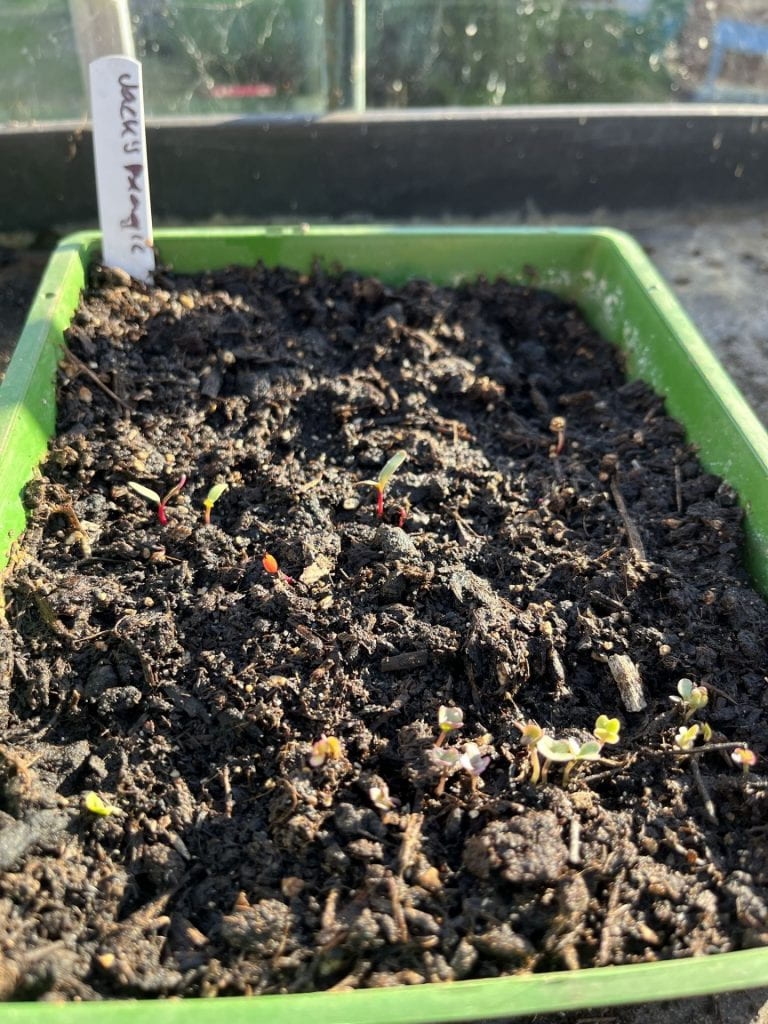
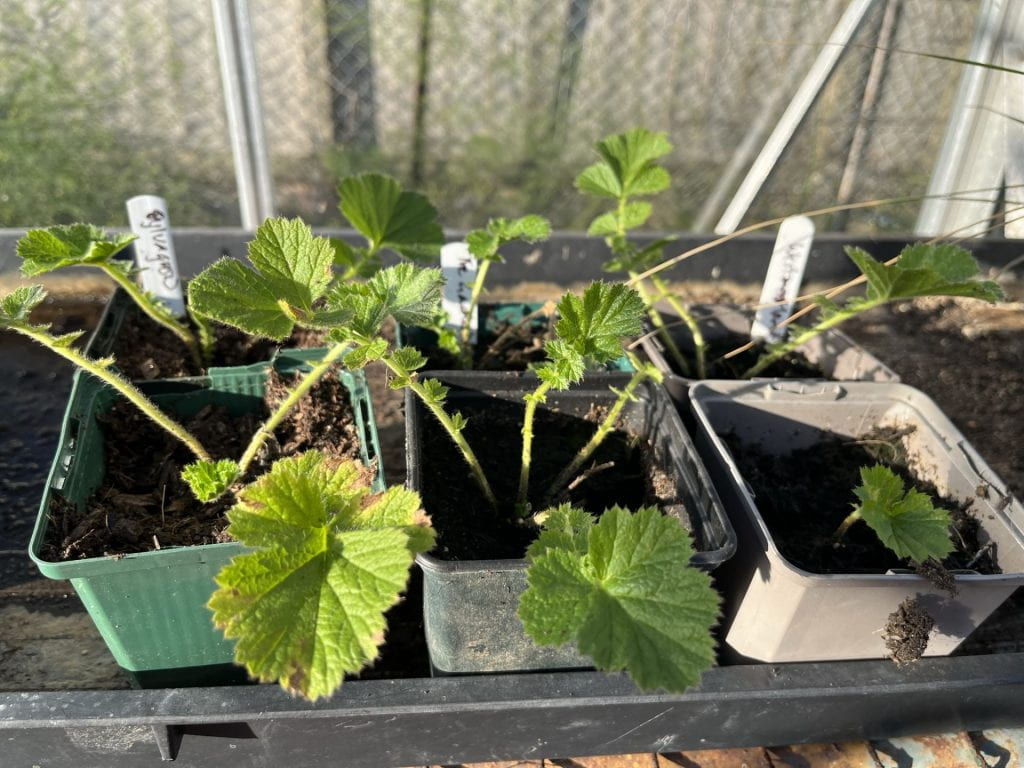
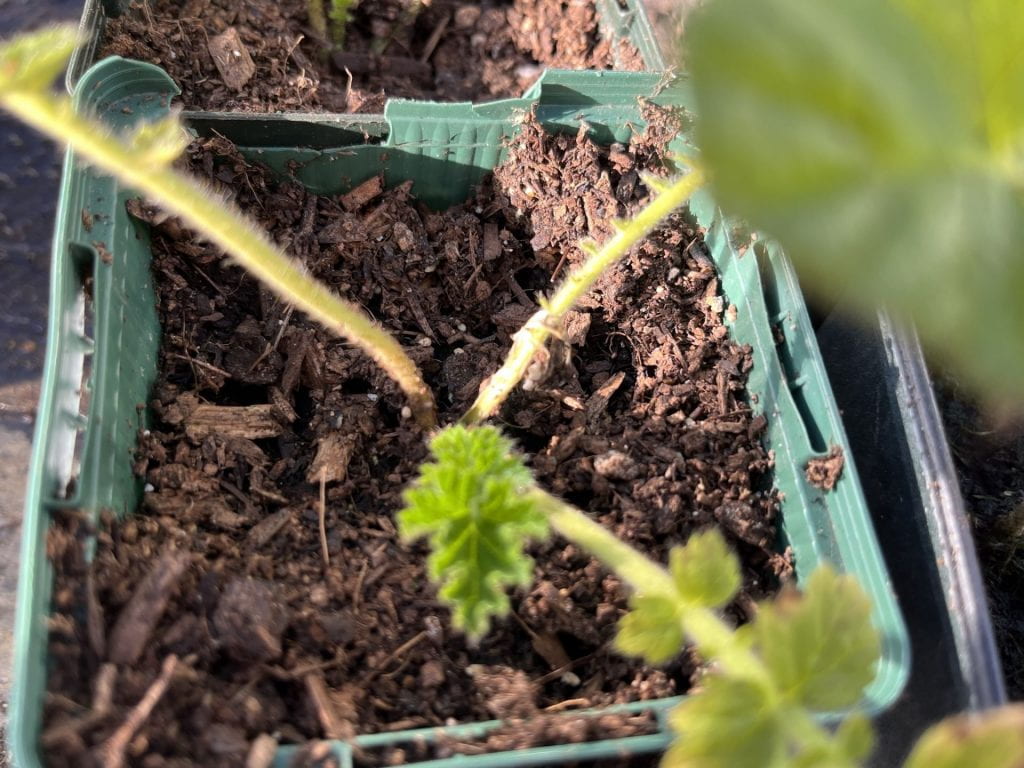
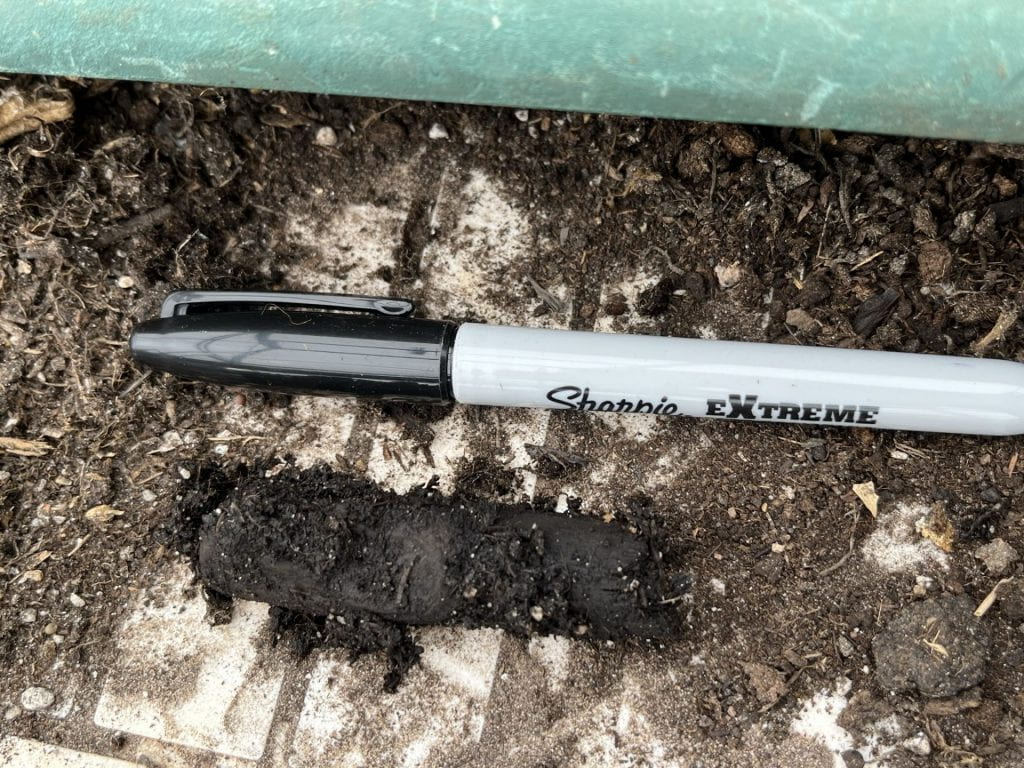
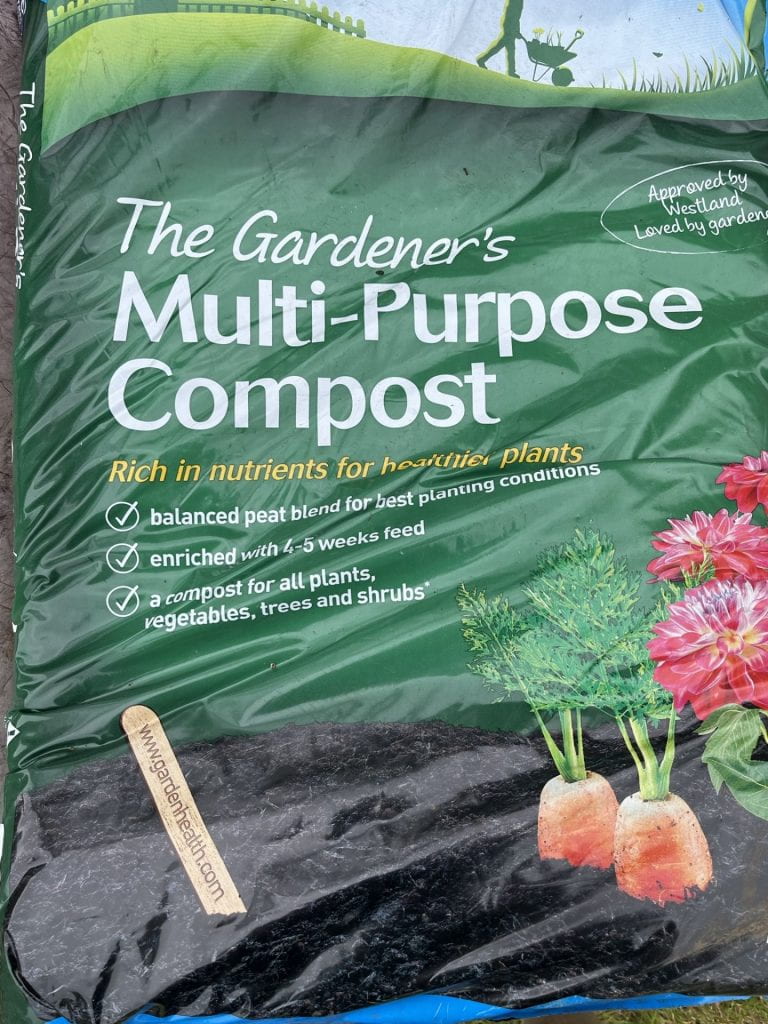
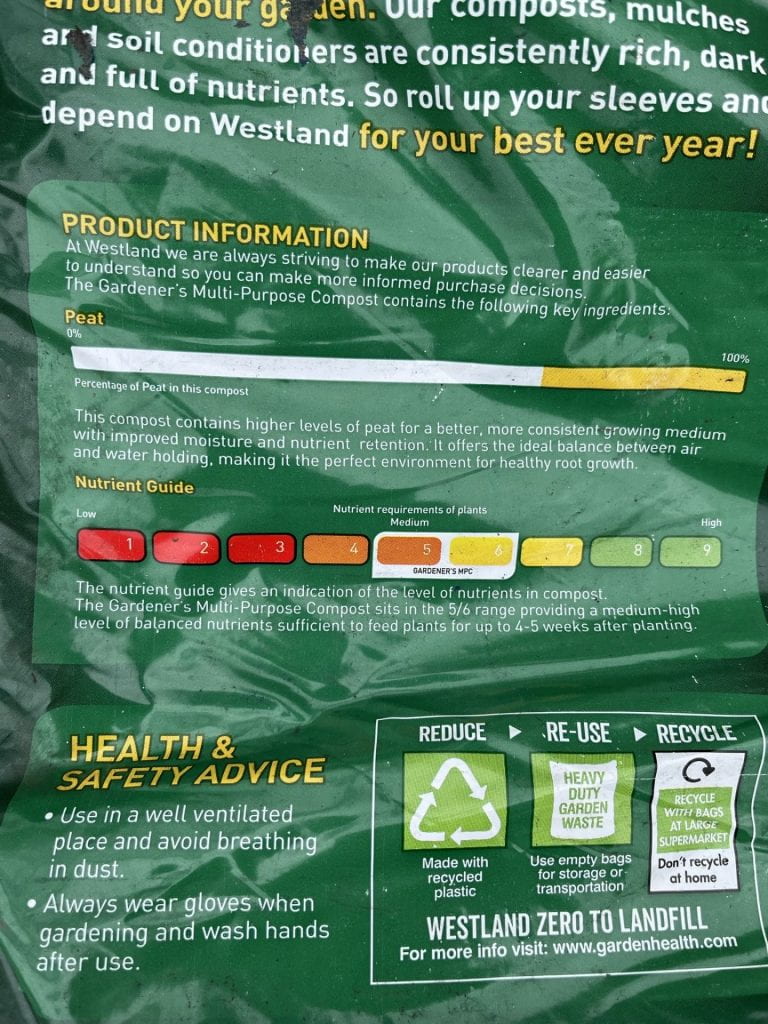
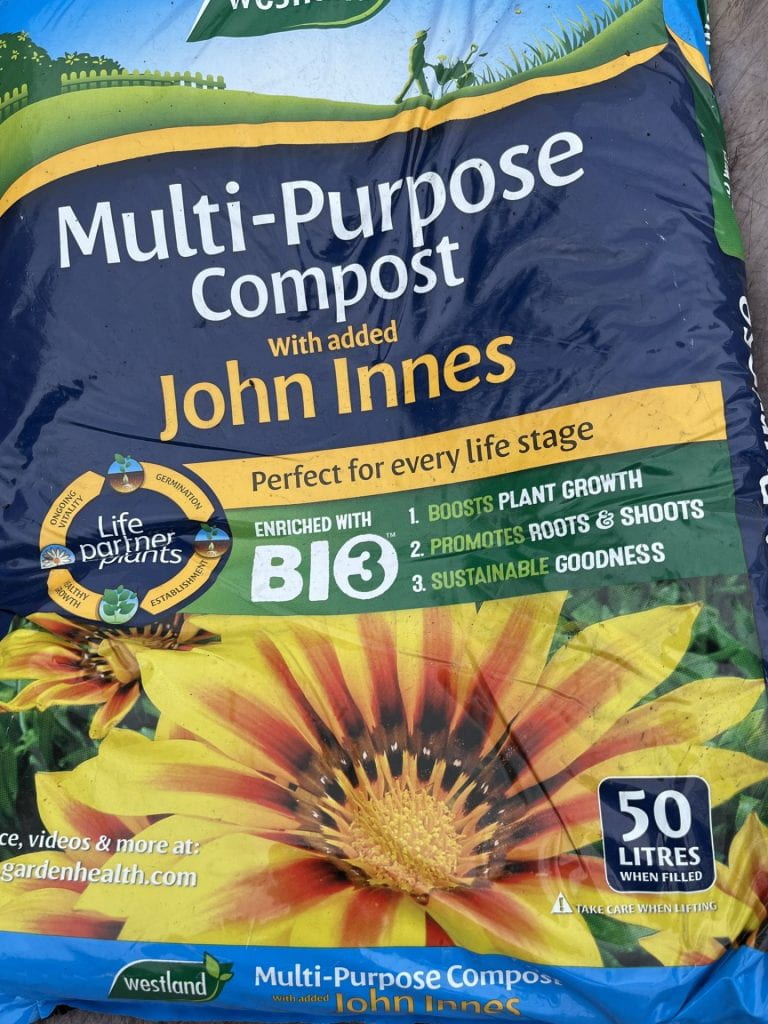
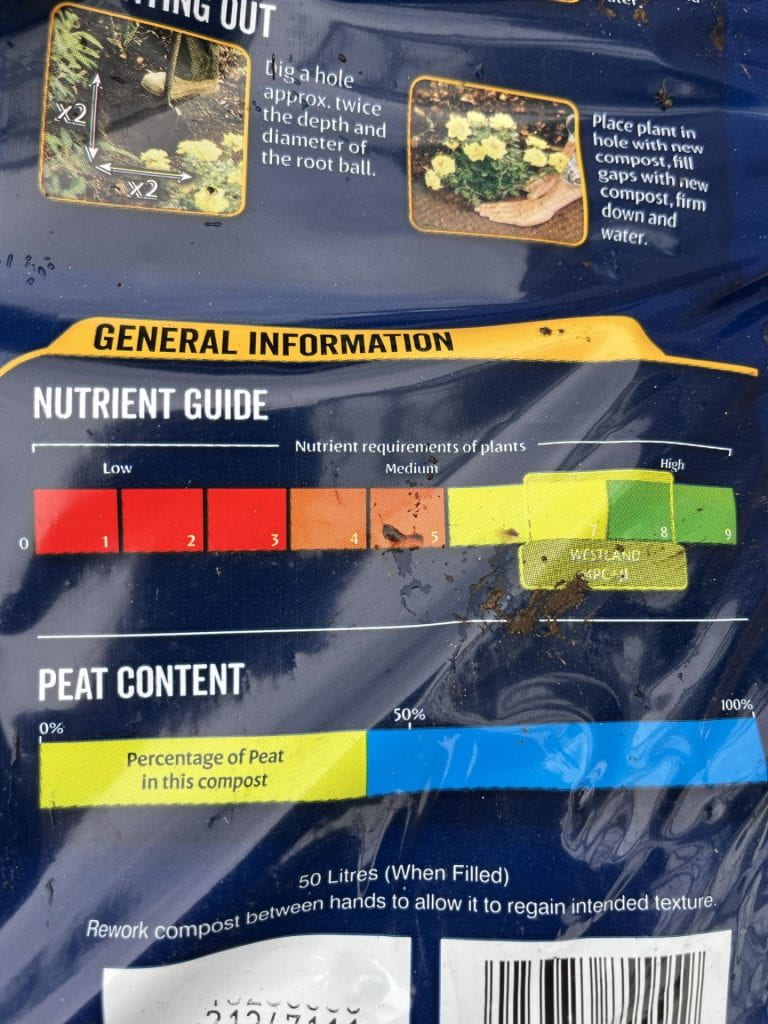
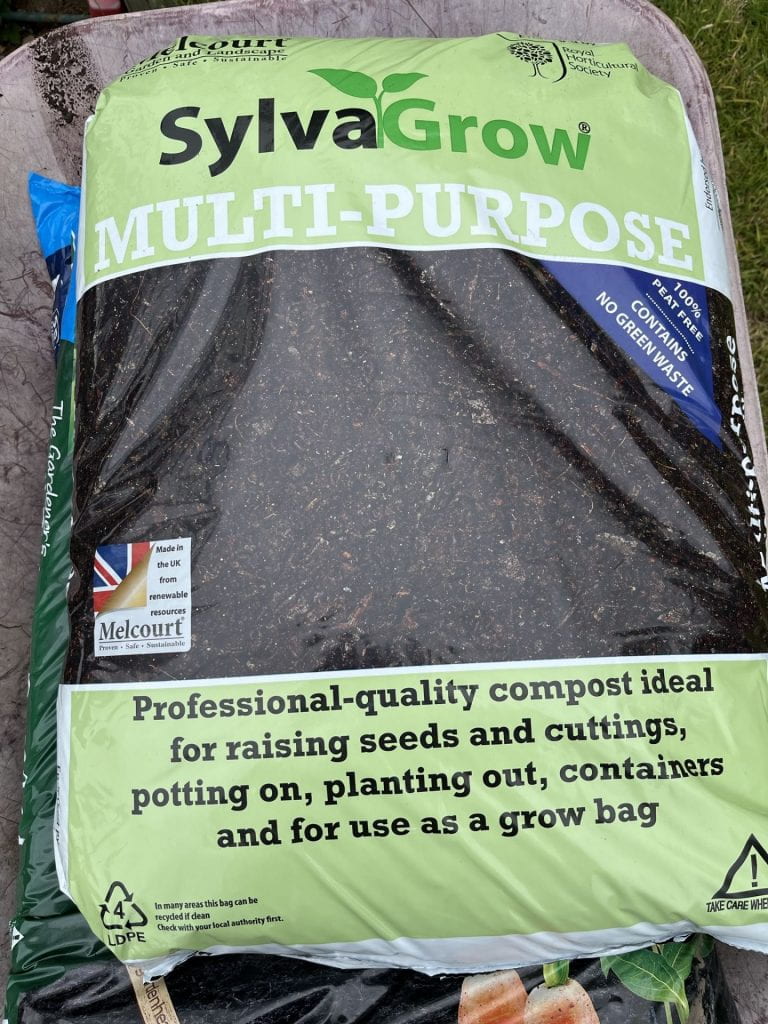
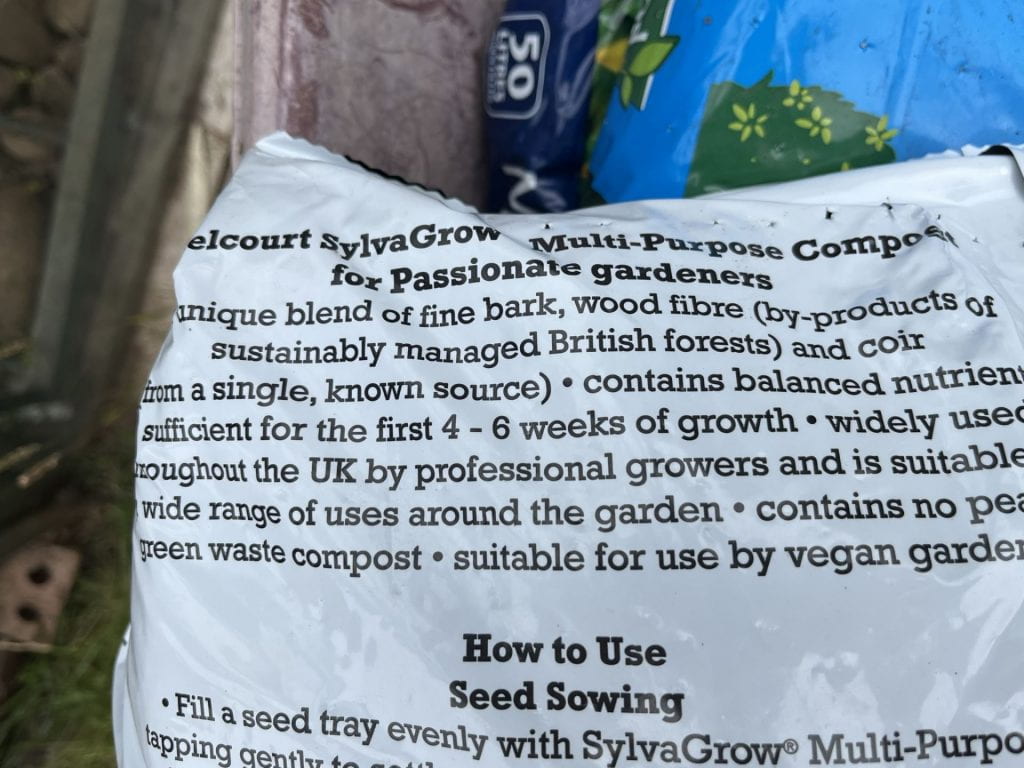
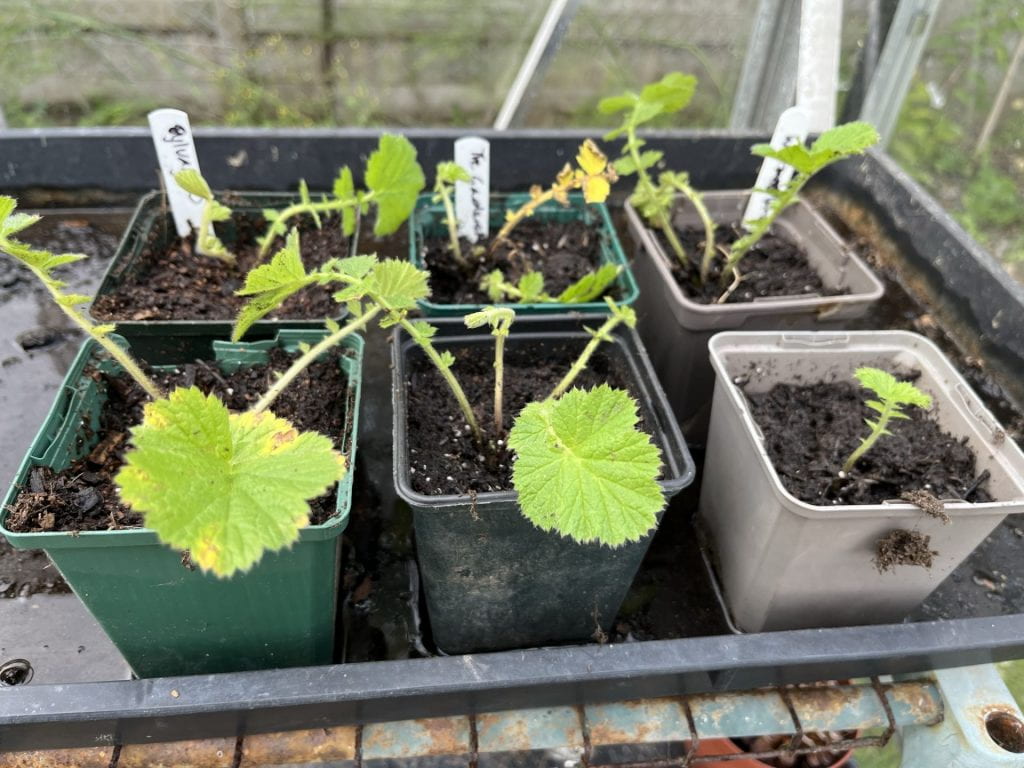
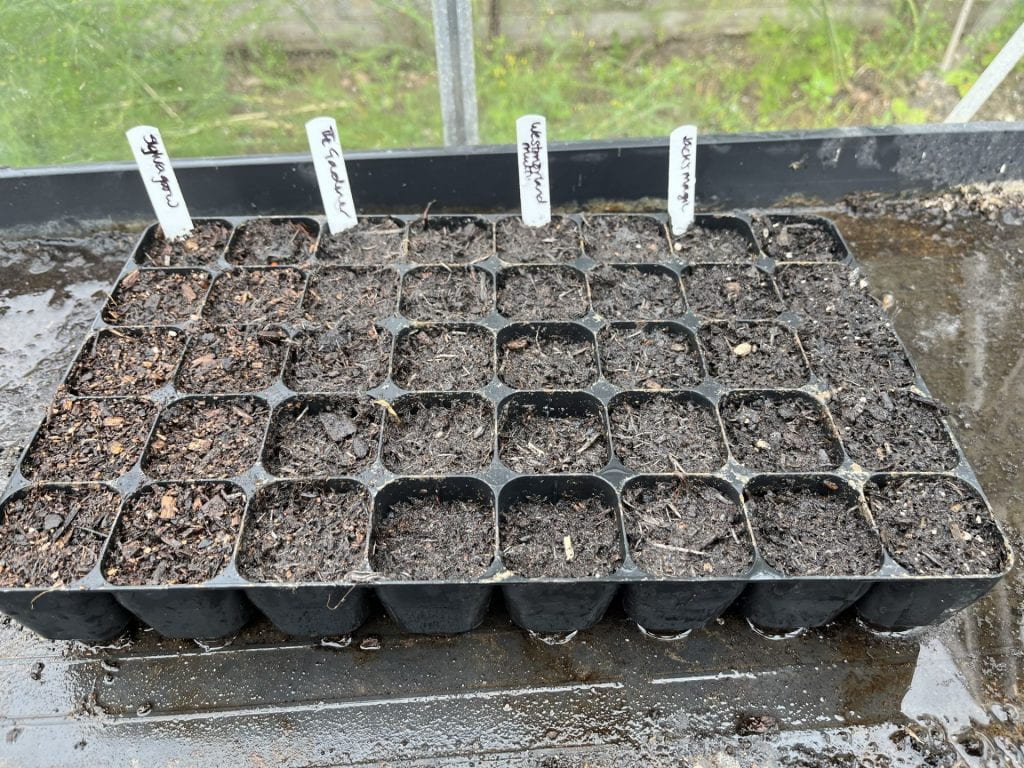
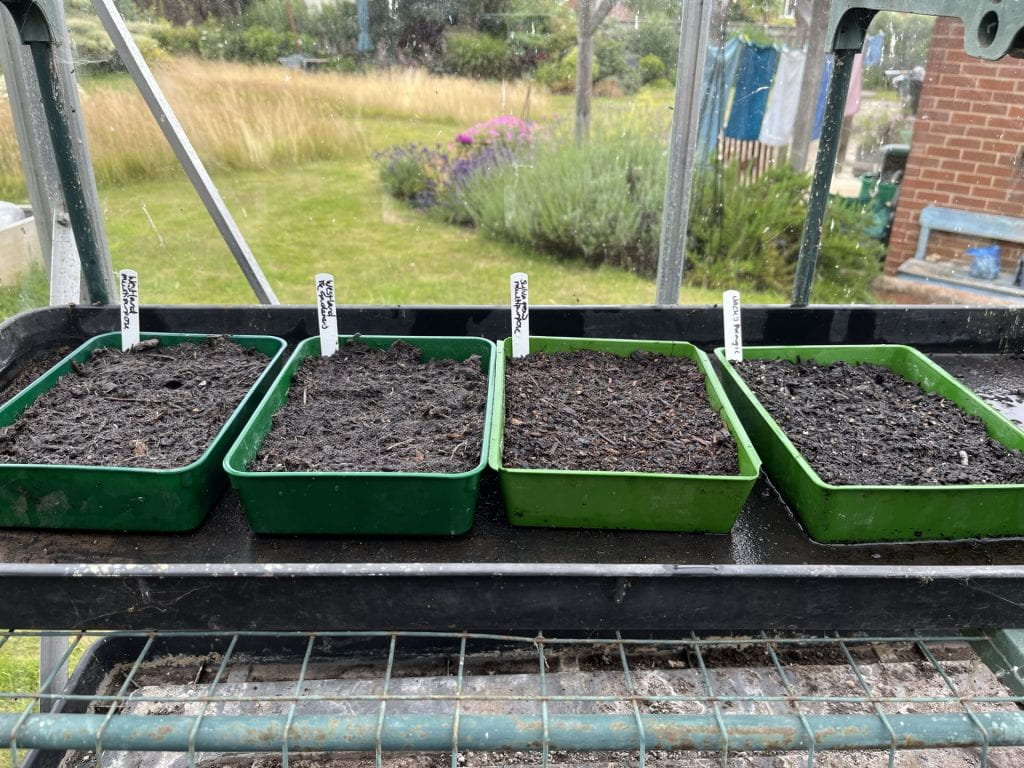

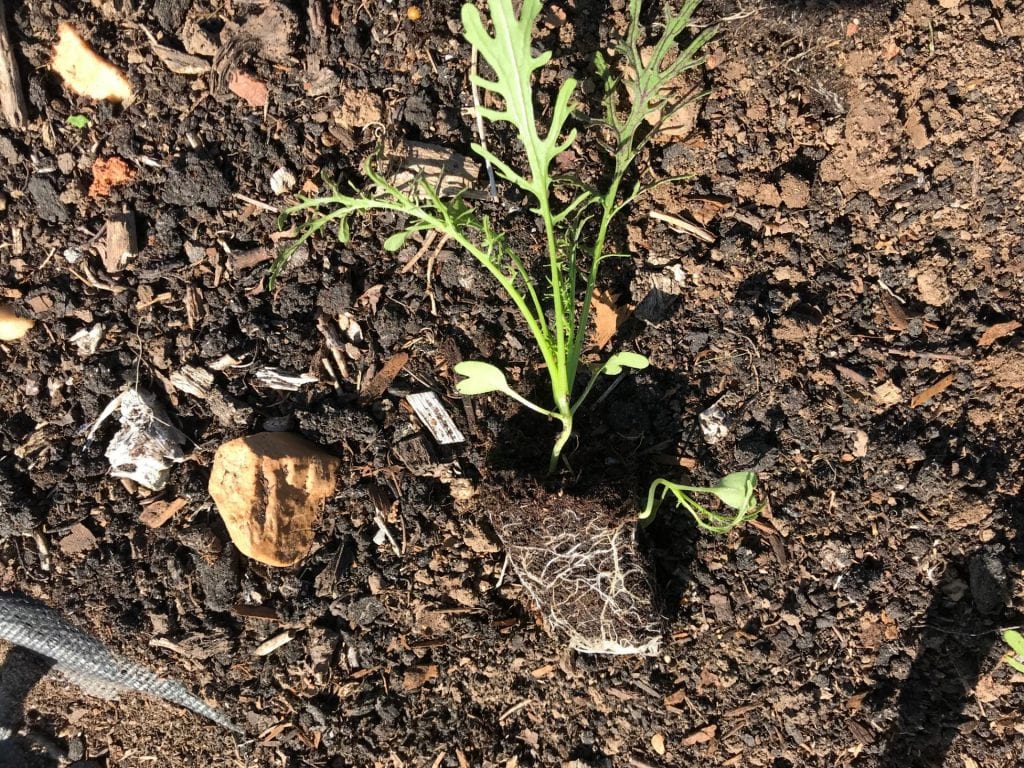
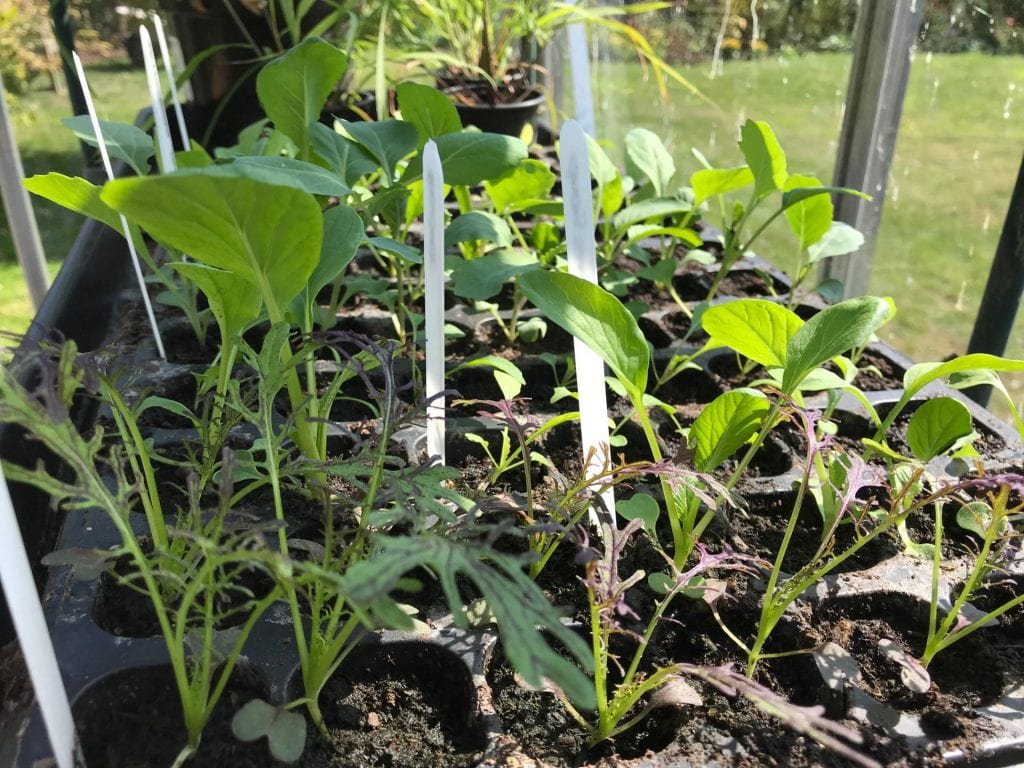
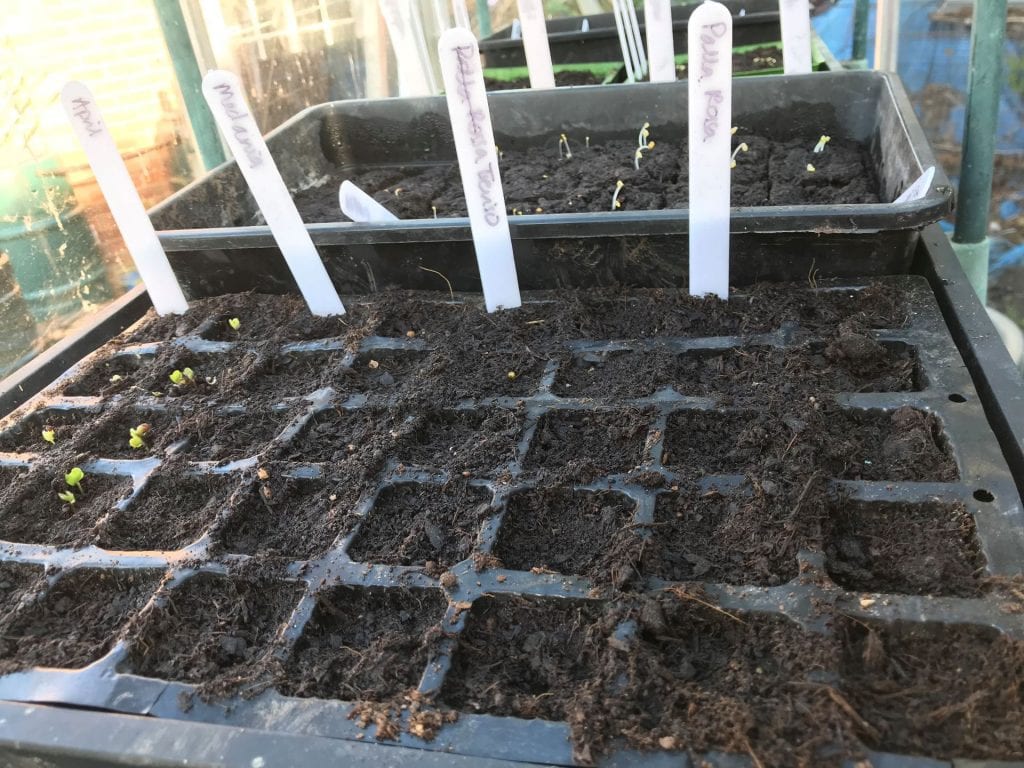 You can see the blocks behind the cells with more seeds germinated. It did take another 4 or 5 days for the trays and cells to catch up with the soil blocks. They look starved of light because they have been covered in black plastic which I remove as soon as I see the seedlings.
You can see the blocks behind the cells with more seeds germinated. It did take another 4 or 5 days for the trays and cells to catch up with the soil blocks. They look starved of light because they have been covered in black plastic which I remove as soon as I see the seedlings.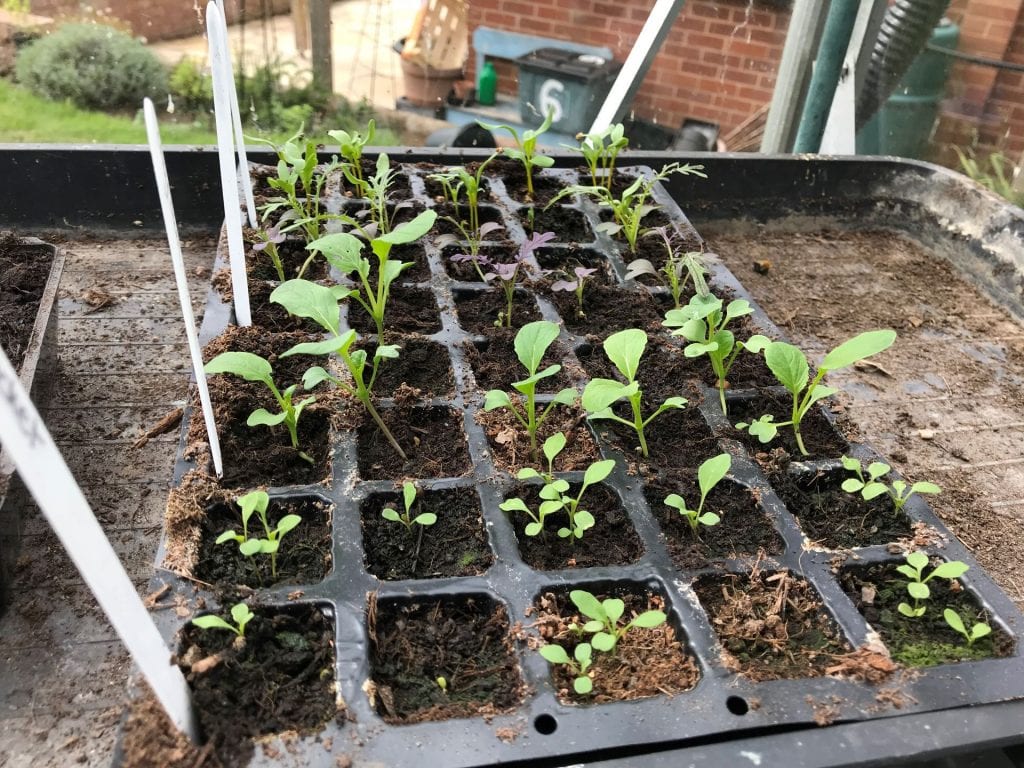
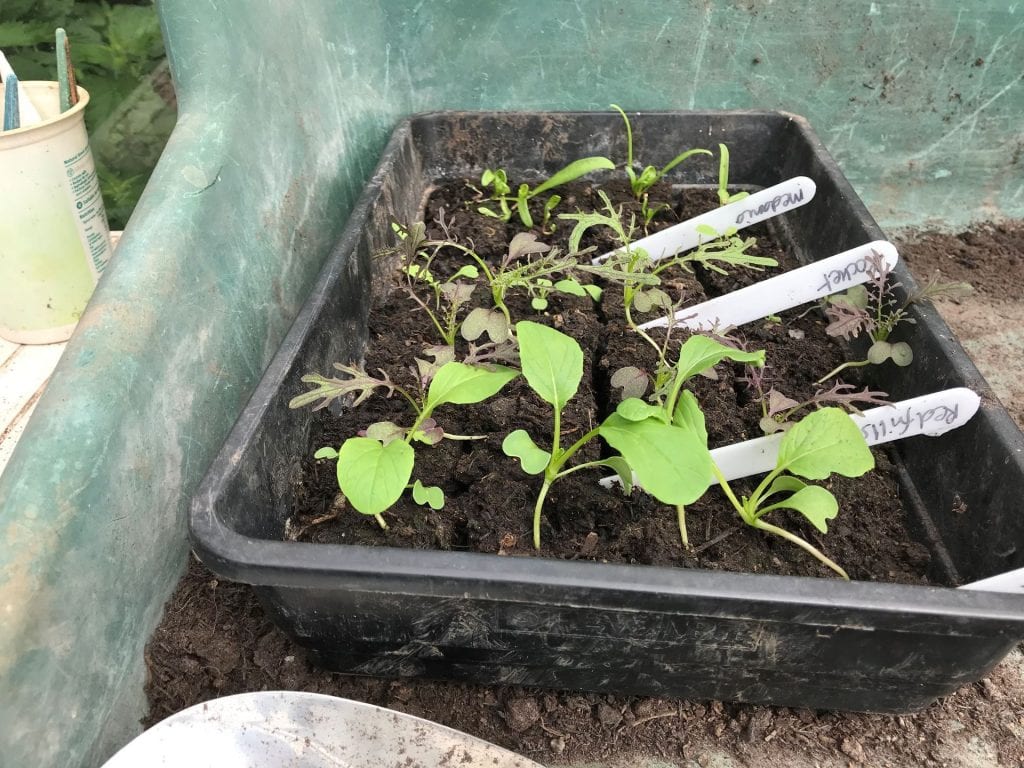
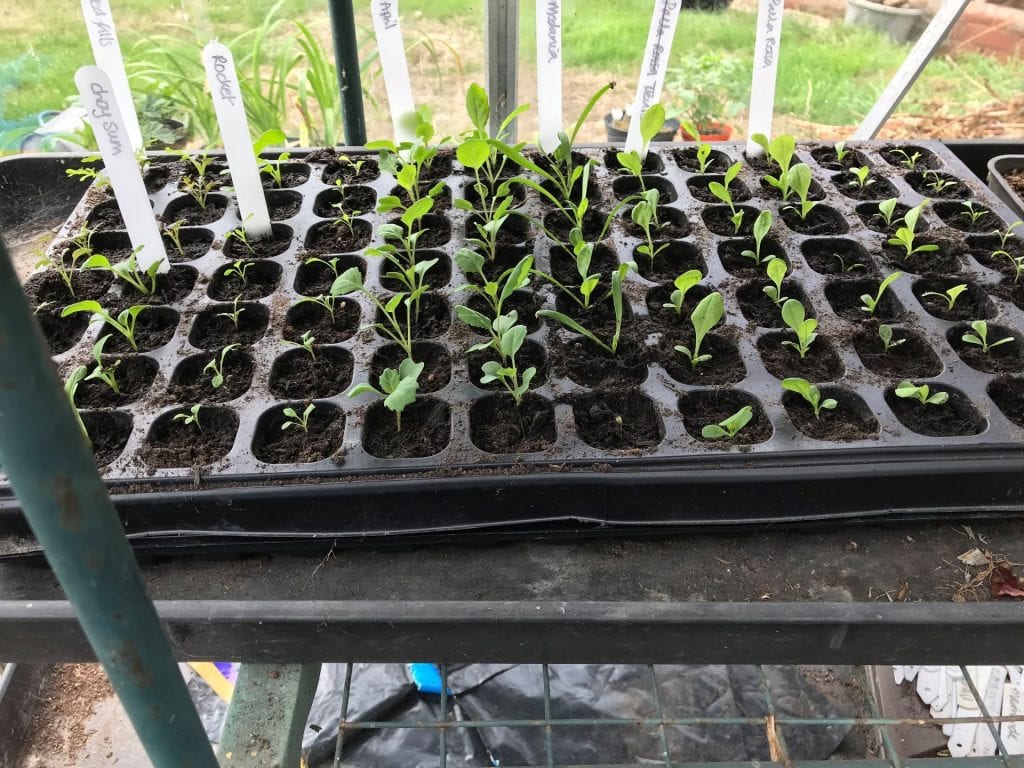 I decided to put the soil block seedlings that hadn’t been eaten out on the allotment. They were smaller than I would normally plant out but it might prevent them from being completely destroyed. I have covered them with plastic bottles: I do this with all seedlings to protect them from slugs and snails and to give them a slightly more protected start.
I decided to put the soil block seedlings that hadn’t been eaten out on the allotment. They were smaller than I would normally plant out but it might prevent them from being completely destroyed. I have covered them with plastic bottles: I do this with all seedlings to protect them from slugs and snails and to give them a slightly more protected start.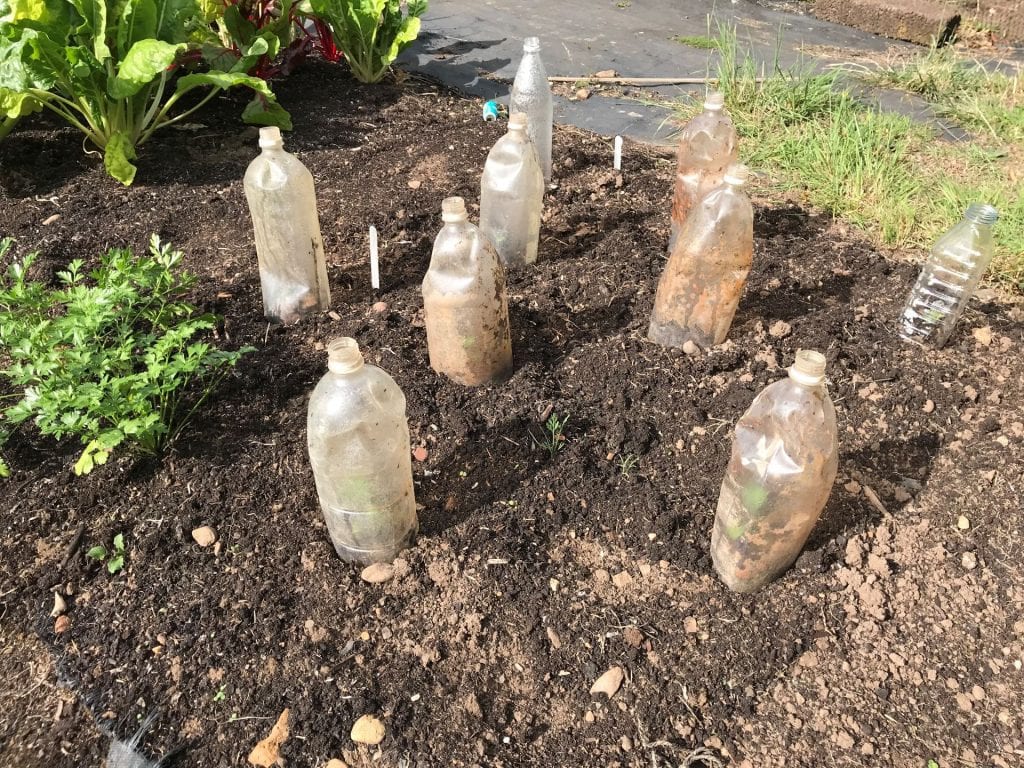 So to summarise:
So to summarise: